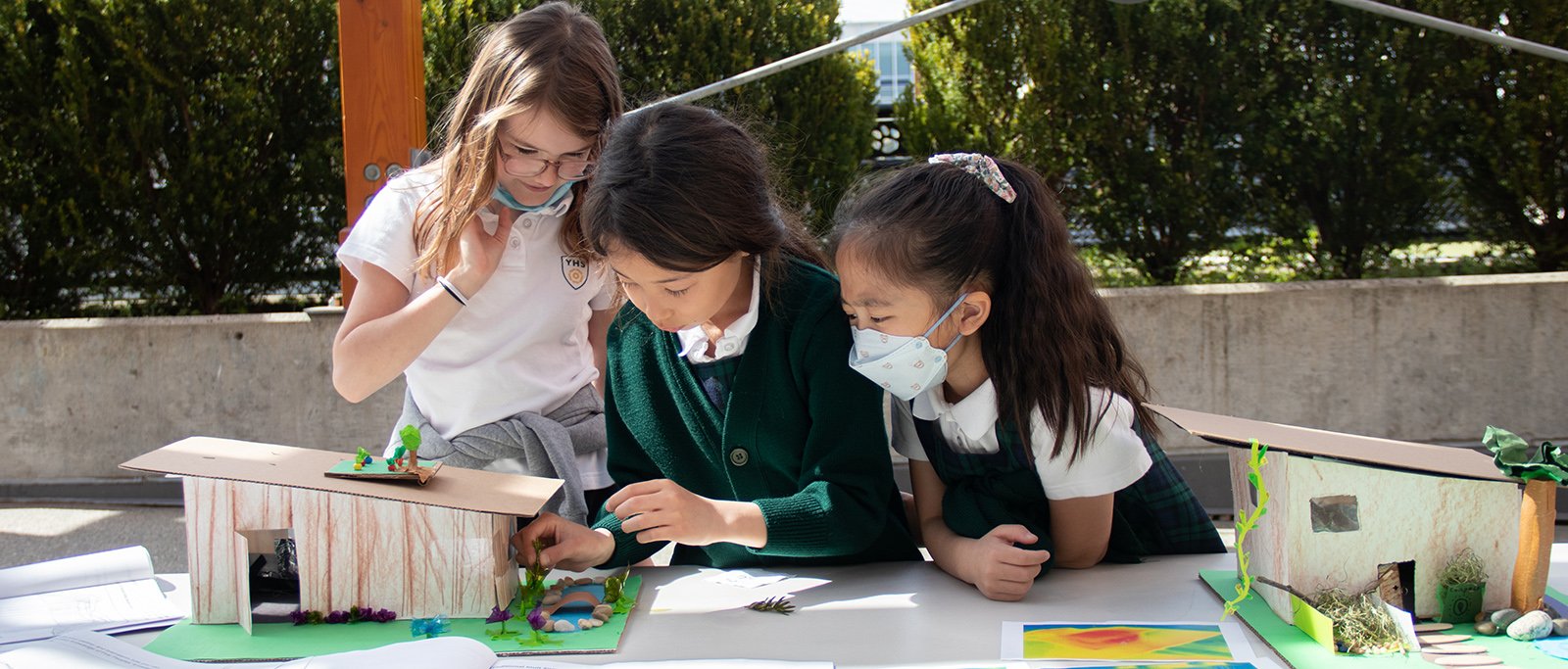Grade 6 & 7 ADST Spring Exhibition
Congratulations to our Grade 6 and 7 students on a very successful ADST exhibition this term! The Grade 7s showcased their projects on March 8, and the Grade 6s showcased on March 9. Students participate in a different ADST “module” each term in their Grade 6 and 7 years. Our ADST courses focus on the British Columbia curricular “Big Ideas” that complex tasks may require multiple tools and technologies, and that design can be responsive to an identified need. Learn more about their projects below.
GRADE 7 ADST EXHIBITION
Robotic Petting Zoo:
In the ADST module, Robotic Petting Zoo, students learn how to code and connect Hummingbird Robotics, and are given the challenge to create their own robotic petting zoo animal. This ADST module is taught by Jennifer Sharpe.
Architectural Designs:
After learning how architects find solutions around environmental constraints (e.g. dense urban areas, extreme weather conditions), students explore their own locations and develop floor plans (on SketchUp) based on real homes, showcasing their own innovative design! This ADST module is taught by Katherine Yurkovich.
Picture Book:
In the ADST Picture Book module, students explore, write, design, and illustrate a picture book for Grade 1 students. Taking into consideration legal and ethical considerations of creative credit and copyright, while also learning effective Internet search techniques, students empathize with potential users, generate ideas, add to others’ ideas, identify and use appropriate tools and technologies, and share their designs with others. This ADST module is taught by Zuri Scrivens.
This slideshow requires JavaScript.
GRADE 6 ADST EXHIBITION
3D Fabrication:
In the ADST module, 3D Fabrication, students learn how to manipulate shapes in Tinkercad, and participate in several challenges to apply their skills. As part of a larger project, students interview a peer to identify a problem or need that could be solved with 3D fabrication. Guided by the design cycle, students design, develop, and test several iterations in order to satisfy the identified need. This ADST module is taught by Kate Anthony.
Code Breakers:
In the ADST module, Codebreakers, students participate in a physical and a digital BreakOut experience, research ciphers and then work in pairs to create a breakout for their target audience. Students choose a design opportunity, as well as select and learn appropriate skills and technologies to produce their breakout. This ADST module is taught by Jacqueline McCallister.
Yorkast:
In the ADST podcasting module, Yorkast, students design, script, and record podcasts of instruction, information, and entertainment for the York House community. Working in small groups, students empathize with potential users, choose a design opportunity, and select and learn appropriate skills and technologies to produce their podcast. This ADST module is taught by Kellie Young.
This slideshow requires JavaScript.












